i3S invites students to discover the Unknown Side of the Brain
Discovering the “Unknown Side of the Brain” was the challenge launched at International Brain Week starting at the 13th of March by the i3S with the support of the NCBio ERA Chair project. On this day, students will have the opportunity to learn about the work undertaken and developed by i3S neuroscientists.
Every year the DANA Foundation and FENS internationally promote a week dedicated to the brain, which they see as an opportunity to inform people about the progress being made in the neurosciences, as well as in the diagnosis, treatment and prevention of brain disorders, such as Alzheimer’s, Parkinson’s, stroke, schizophrenia, and depression. In Portugal this week is coordinated by the Portuguese Society of Neurosciences and numerous initiatives promoted throughout the country can be found on the Ciência Viva website.
Most people and students are familiar with general questions about the brain and how it works. And the stars in teaching are neurons - nerve cells with peculiar shapes that connect to each other to pass nerve impulses. What few people know is that more than half of our brain is made up of other types of cells, which have been neglected until recently in research. Together they are called glia, which derives from the Latin “glue” because initially it was thought that these glial cells only served to hold neurons together in place. Today it is known that glial cells are diverse and have very different functions such as: supplying oxygen and food to neurons, insulating functions that guarantee the flow of nerve impulses; and performing immune functions in the brain. It is this unknown part of the brain that the i3S took as the motto for the celebrations of the International Brain Week.
After all, says Teresa Summavielle, researcher at i3S and member of the Board of SPN, “in recent years, we have verified that the malfunctioning of glial cells contributes significantly to neurodegenerative diseases and other diseases that affect the brain. Therefore, it is important that we look at the nervous system in an integral way and in its complexity”.
Matthew Holt, a researcher who recently joined the Neurobiology program at i3S works on glia and recently issued a challenge to Ciência Viva Clubs, specifically 7th, 8th,and 9th grade students, to explore the various types of cells that make up the brain. The objective of the contest, he explained, is “to show the diversity of cells in the brain. In addition to neurons, we want other cell types to be ‘discovered’ by students”. He also added, “the Communication Unit at i3S made several resources available for the students to explore and we proposed that they use their imagination and present what they learned in a creative and fun way using various zines (a mini magazine)”.
The zines will be presented during a public session to be held at i3S on March the 13th, when the winner will also be announced, and they will then be on display at the Institute. Also on that day, participating students will have the opportunity to learn about various aspects of the study of neuroscience: “From the visualization of various types of cells that make up the nervous system and brains of different animal models, to the importance of animal welfare to ensure the reliability of experimental results. They will also be able to observe how motor behavior in C. elegans, drosophila and mice can be affected by specific changes in the nervous system”, explains Marta Teixeira Pinto who is responsible for the i3S educational programme.

